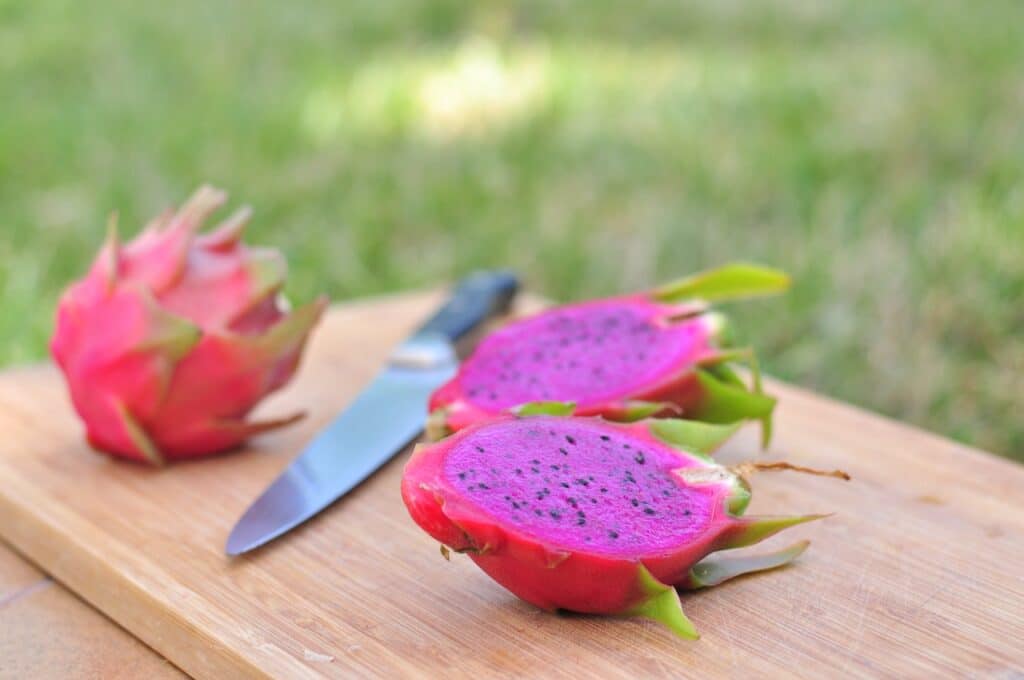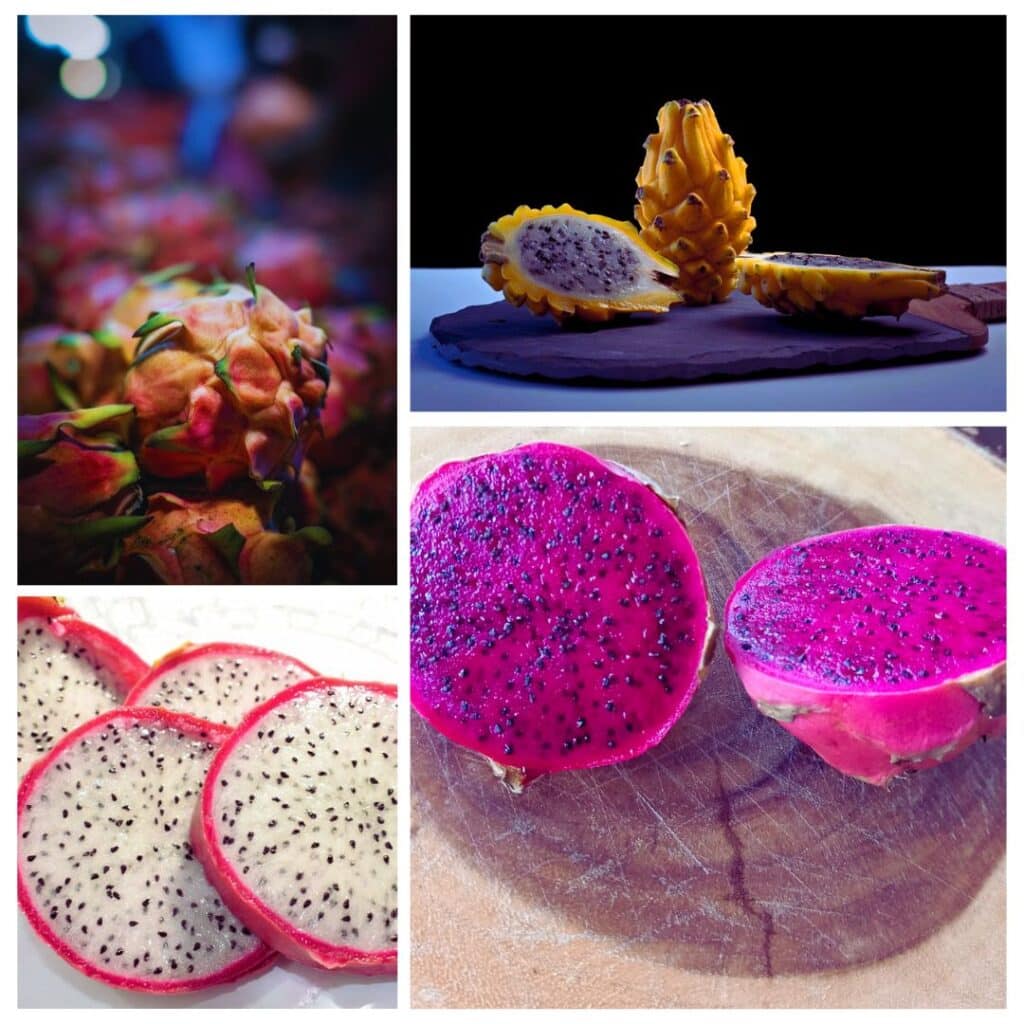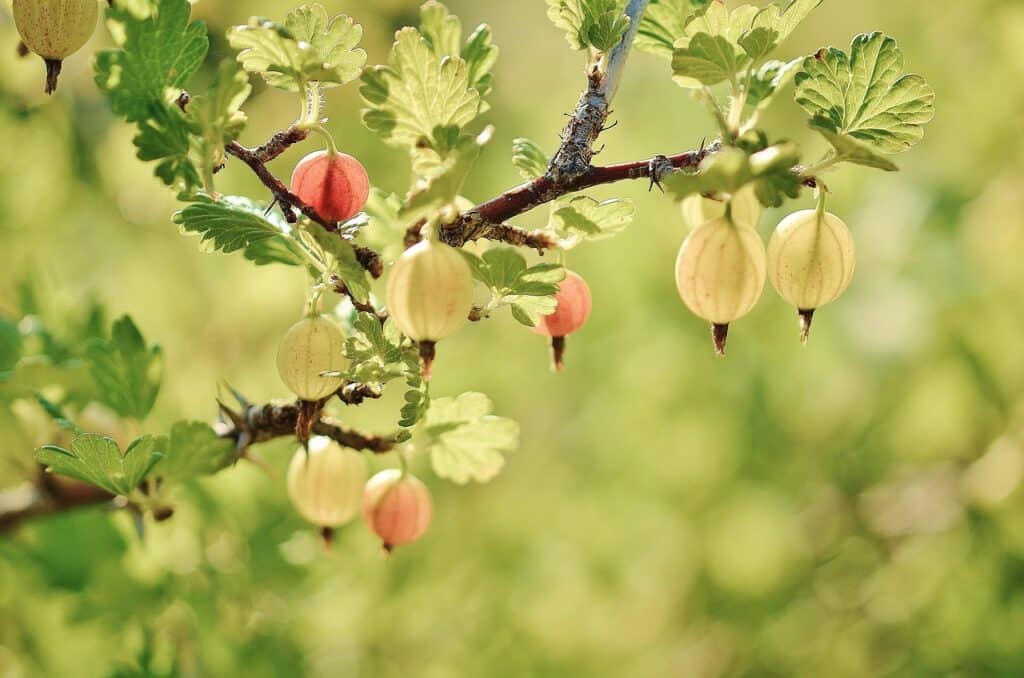How to Grow Blackberries from Seed
I just finished the article on how to grow raspberries from seed, and I thought it would be a next idea to do the next one on how to grow blackberries from seed. After all, they receive pretty much the same treatment.
Blackberries come from the brambles family. They can be divided into erect types, semi-erect types and trailing blackberries.
The Erect type has strong, straight thorny canes and can be grown without support, the semi-erect ones are a thornless, vigorous and very productive type that grows better if supported. And the trailing blackberries or dewberries grow in thin vines that spread close around the ground. They are by far the most different from the other types.
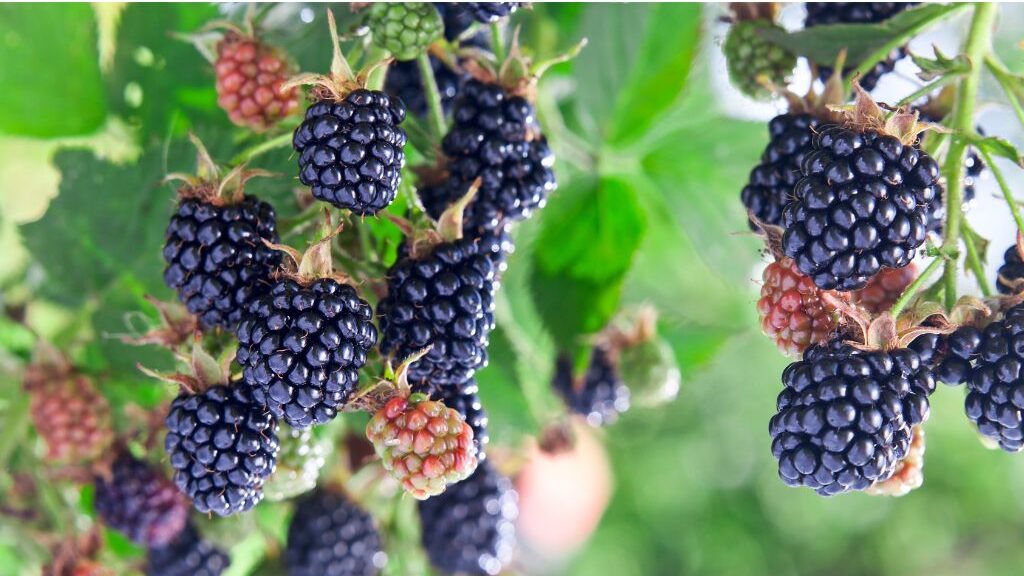
This is the process on how to grow blackberries from seed.
1- Collect some blackberries seeds from the pellets of the fruit or purchase them online
2- Place 1-2 seeds in our seedling trays filled with some soil starter mix and stratify through the winter in a dark spot with 32-44° Fahrenheit
3- In spring, place the seeds under a grown light or in sunny spot providing 65-75° Fahrenheit. Seeds should sprout from 2-4 weeks.
4- When the first set of true leaves appear, transplant your seedlings into a spot with full sun and water when necessary, your plant will bear fruit in 2-3 years and stay with you for 10+ years!
This is the basic process, but if gardening were to be so easy then everyone would have outstanding gardens and it wouldn’t be so rewarding to grow a successful plant. So in this next article, we will discus some details about the proper caring techniques on how to grow blackberries from seed
Collecting Blackberry Seeds.
There are many different ways to get seeds from a blackberry. you can take the little pellets in the blackberry and crush them between your fingers, after that you will see the seed coming out.
Another approach is to put a blackberry in a strainer and crush it with the back of a spoon, or even with your hands. Rinse with water to clean the seeds and let them dry in some paper towel.
You can also just buy them online. I’ll leave the link here if you decide to take this approach. This way is also more reliable as you can see the company that is selling you the seeds and the seed package will also have it’s own set of rules on how to grow them.
Optimal way to Grow Blackberry from seed
1- Fill your seedling trays with seed starting mix and place 1-2 (spaced) blackberry seeds in a 1/4 inch deep hole
2- Apply some water and place them in a cold, sunless place during winter (33-44 Fahrenheit) to let them stratify
Remember to spray with water occasionally, don't let the soil dry out and don't overwater either, a damp soil works.
3- When the temperature reaches 60 Fahrenheit or more in spring, take your seed trays and place them in a warm place (temperature between 65-75 Fahrenheit) that receives partial sun, the seeds should sprout in 2-4 weeks.
If you are growing your blackberries indoors, place them near a window where they can get some sunlight, or use grown light. If you will grow them outdoors, place them in a spot where they can get dappled sunlight.
You can also decide to grow them indoors and then plant them in your garden some time after, just make sure to let your plans go through their respective hardening process.
Growing Blackberry Indoors
After your seeds sprout and they reach start getting too big for the seedling stray, transplant the ones with the best growth into individual containers. Blackberries grow big and will have many canes, so you’ll want a pot with a diameter of 16-24 inches and a good depth. Here I leave you an option of affordable 15 gallon pots.
Fill your container with compost (to induce some nice growth) and a mix of potting soil for about 3/4 quarters of the total space and then transplant your blackberry plant there. Cover the whole root and then place some more soil to cover nicely. You can also place some mulch to help the soil retain it’s temperature and moisture.
Place your blackberries in front of a window or any spot where they can get from full sun. Water frequently as they will not be receiving rain from the outside, specially during times of very hot weather. Water your plants when the surface of the soil starts to feel dry until it feels damp. Don’t over-water to avoid root rot, if your drain tray start expelling water then you’ve watered enough.
It’s important to set up a structure to have your blackberries grow in a organized way. You can set up a Bamboo Trellis for indoor plants or a Garden Obelisk trellis. Anything that you can attach to help your blackberries grow in a certain way will work.
Growing Blackberry outdoors
After your seeds have sprouted and they reach a certain height, you can transplant the ones with the best growth to your garden. Blackberries (and brambles in general) prefer deep, Sandy-loam soil, but they can grow in any type of well draining soil. Check your soil Ph to see if it’s between 5.5-7.0
Before transplanting, eradicate any kind of perennial weeds as young plants do not compete well against them. give your soil a nice mix of compost to provide the best conditions for growth and when you are done transplanting them remember to use some organic mulch to maintain the soil conditions and avoid some weed problems
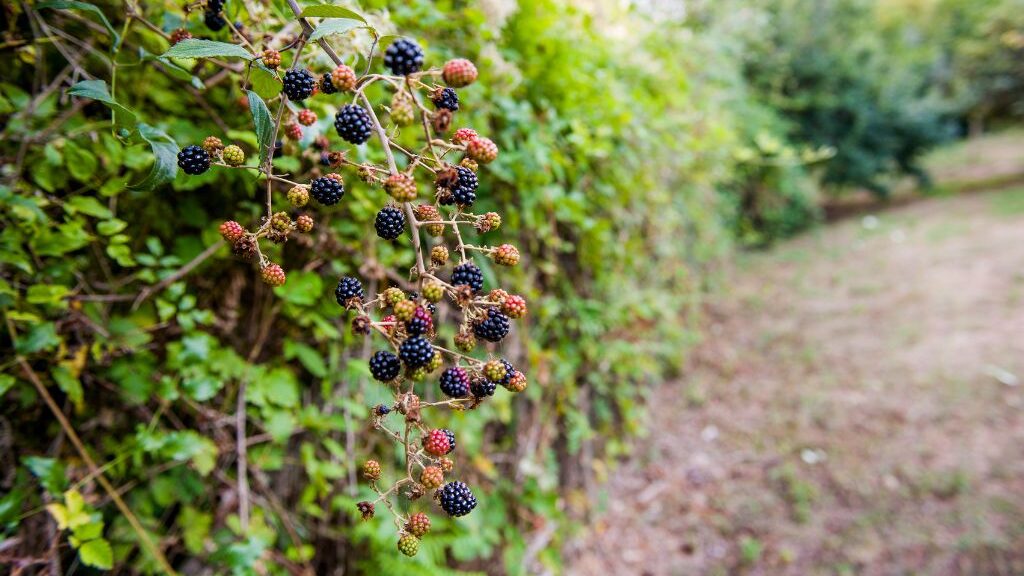
Blackberries grow best in full sun. The advantage of growing them in the garden is that you don’t have to water them as frequently as indoors, but always keep an eye on very hot days and periods with infrequent raining.
As it happens with raspberries, you want to apply an all purpose fertilizer to blackberries during their growing season, to promote a nice growth. But don’t apply fertilizer when they are growing fruits or too close to this period, as you want to let the plant focus on producing and not so much on leaves growing.
If you are planting many blackberry plants try to leave a space of 5-6 feet between them, as they produce many suckers. Remember to set-up a T-trellis or a Hedgerow Trellis to help maintain your blackberries, it will help you to avoid diseases, create a better space, and overall to prune and harvest your brambles.
Pruning

Pruning blackberries is almost the same as pruning summer-raspberries. Blackberries bear fruit in their second year canes, also called floricanes. This means they grow their canes on year 1, those canes go through winter, and in year 2 those canes produce fruit.
After this period the canes will dry and won’t produce more fruit, these are the canes we want to prune. After the harvesting season, we will prune the floricanes that already produced to ground level and take the suckers from the ground (take them from the root so they don’t keep spreading). Do this when the canes are dry and without leaves to avoid spreading diseases.
The canes that are developed in year 1 are called primocanes, these are our canes that will bear fruit next year, we want to leave these unpruned.
Pest and Diseases
There are many Pest and Diseases that can pose a threat to our blackberries, here’s a list of some of them.
Harvesting
After 18 months of hard-work, it’s time to collect some sweet, dark berries.
Blackberries are harvested in mid-summer. If you are planting raspberries along with blackberries you will note that raspberries will ripe before blackberries. You will know when the berries are ready by the color, as they change from a shiny black to a dull black when fully ripe, they will also come easier from the canes.
Despite this, I always say the best way to know if your fruits are ripe is to taste them! put your berries in the after you harvest them, and it’s preferable to take them early in the morning when they are still cool. Each blackberry plant can produce from 10-20 pounds of berries per season and they keep producing for 15-20 years, so remember to share some of them with your neighbors!
If you want to plant another type of blackberry that is early ripening and with a ground cover nature. Check this article about how to grow trailing blackberries (also known as dewberries). Just be aware that even though they are also blackberries, they have some differences between them
I hope you found this article on how to grow blackberries from seed useful. Wish you a good season and a cozy winter.

